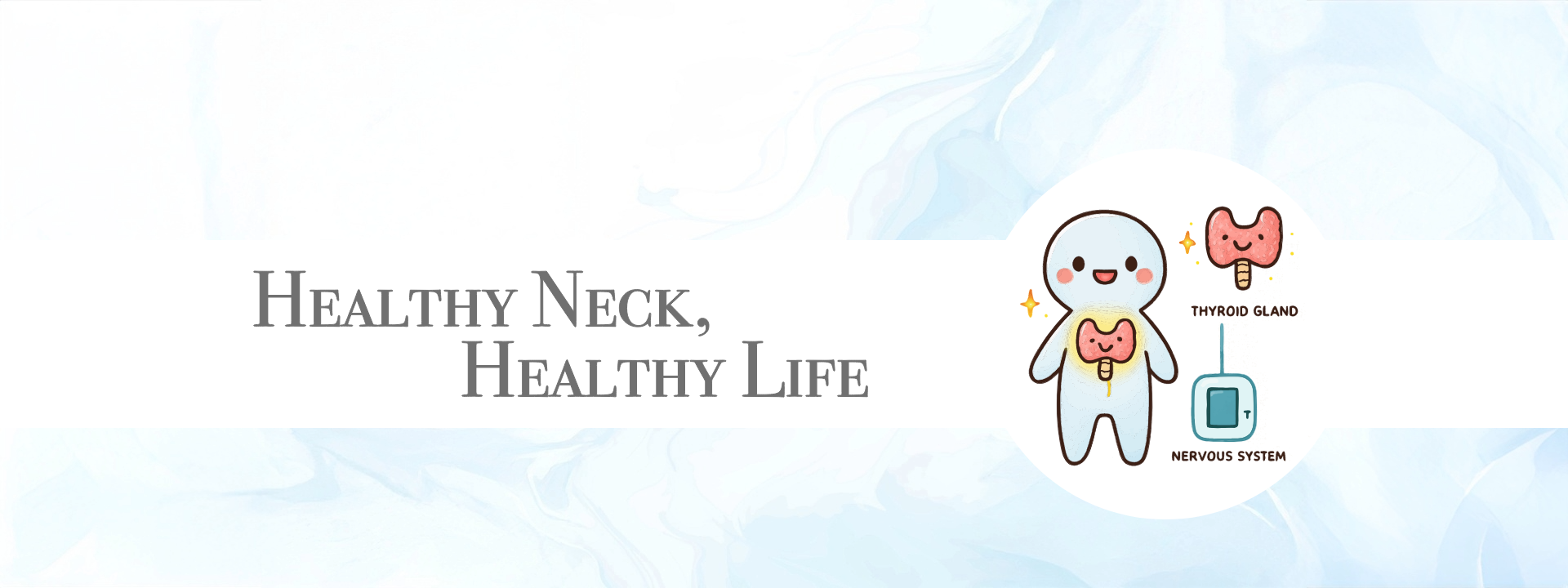✿ Cervical Misalignment and Headaches: What We’ve Found Through Clinical Practice
What Are Primary Headaches?
Primary headaches are headaches without any underlying disease. They tend to be chronic in nature and include types such as:
- Migraine
- Tension-type headache
- Cluster headache
- Barometric pressure headaches
While there are even more subtypes of primary headaches, our clinical experience has shown that most cases stem from misalignments in the cervical spine—particularly the upper cervical vertebrae (C1 and C2).
Even patients who had visited specialized headache clinics found relief through cervical correction. While occasional headaches may still occur, the overwhelming majority report significant improvement in severity and frequency.
Possible Causes of Headaches
1. Weather-Related (Barometric) Headaches
These are likely caused by misalignment in C1 and C2, which are located near the inner ear structures including the semicircular canals. Misaligned joints and muscle tension in this area may lead to pressure on these sensitive structures.
2. Morning Headaches
These often occur after deep sleep triggered by fatigue or alcohol. In such cases, the body fails to maintain cervical stability during rest, causing misalignment overnight and discomfort upon waking.
The Longer the Misalignment, the More Symptoms Appear
Chronic cervical misalignment tends to lead to a wide range of coexisting symptoms, including:
- Anemia
- Anxiety disorders
- Panic attacks
- Motion sickness
- Orthostatic intolerance
- Insomnia
- Depression
- Digestive issues (e.g., alternating diarrhea and constipation)
- Thyroid dysfunction (hypo- or hyperthyroidism)
We’ll explore childhood headaches in a separate article, but it’s important to note that they can be a serious risk factor for future health complications.
Understanding the Root Cause
While C1 directly affects areas such as the vertebral artery and semicircular canals, we often find that rotational misalignment in C2 is the more significant contributing factor to headache symptoms.
Note: Successfully reproducing these clinical outcomes requires precise assessment and correction techniques. The importance of accurate listing and adjustment methods cannot be overstated.
Open to International Collaboration
We are actively seeking collaborative opportunities with healthcare institutions or administrative bodies in New Zealand, Singapore, and Malaysia to share our insights and technical expertise in early detection and prevention of neurological and spinal disorders in both children and adults.



コメント